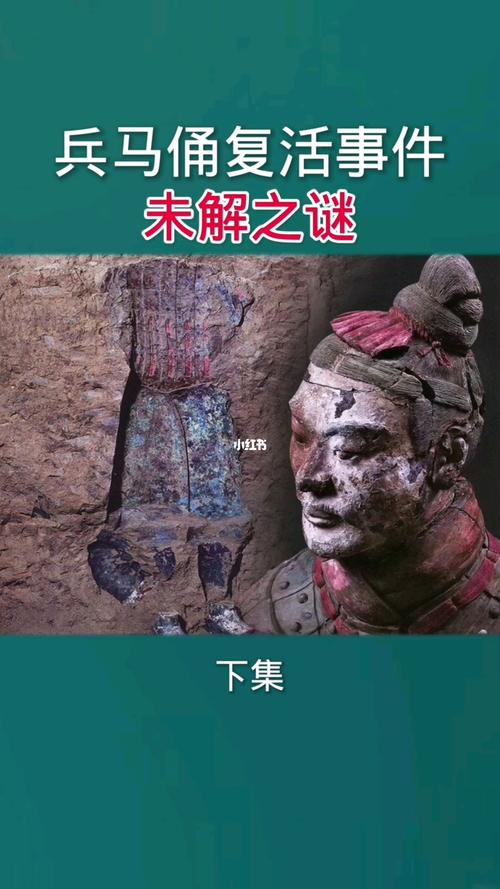
Why Was the Terracotta Army Buried?
The Terracotta Army, a vast collection of life-sized terracotta figures, stands as one of the most impressive archaeological discoveries of all time. Discovered in 1974 by farmers digging a well near Xi'an, China, these figures have captivated the world with their intricate detail and sheer scale. But a question that often arises is: why were these incredible figures buried in the first place?
The First Emperor and His Quest for Immortality
To understand the purpose of the Terracotta Army, we must first understand the man who commissioned them – Qin Shi Huang, the First Emperor of China.
- Unifying a Nation: In 221 BC, after decades of warfare, Qin Shi Huang succeeded in conquering the six warring states of China, unifying the nation for the first time. He established a centralized government and standardized currency, weights, and measures, leaving an indelible mark on Chinese history.
- Obsessed with Immortality: The First Emperor, obsessed with maintaining his power even in death, became fixated on achieving immortality. He sought out alchemists and sorcerers, desperate to find a mythical elixir of life.
The Terracotta Army: An Army for the Afterlife
The First Emperor's belief in the afterlife heavily influenced the construction of his tomb complex. He envisioned a vast underground city that would mirror his earthly empire and allow him to rule in the afterlife. The Terracotta Army was a crucial part of this vision.
- Guardians of the Tomb: The army was intended to protect the emperor in the afterlife from any potential enemies or evil spirits. They were positioned strategically around the tomb mound, facing east, the direction from which invaders traditionally attacked.
- A Display of Power: The sheer scale and realism of the army were meant to project the First Emperor's power and authority, even in death. Each figure is unique, with individual features, clothing, and hairstyles that reflect the diverse makeup of the First Emperor's vast army.
- Sacrifice and Ritual: While the specifics are debated, the creation and burial of the Terracotta Army were likely accompanied by elaborate rituals and sacrifices, intended to appease the gods and ensure the First Emperor's safe passage into the afterlife.
The Mystery Remains
While much has been learned about the Terracotta Army since its discovery, many questions still surround its creation and purpose. The exact location of the First Emperor's tomb remains unknown, as does the full extent of the treasures it might hold. What is certain is that the Terracotta Army stands as a testament to the ambition, power, and perhaps, the paranoia of the First Emperor, offering us a unique glimpse into the beliefs and practices of ancient China.
Q&A
- Q: How many Terracotta Warriors are there? A: It is estimated that there are over 8,000 terracotta figures in total, including warriors, horses, chariots, and other figures.
- Q: Why hasn't the First Emperor's tomb been excavated? ** A:** Archaeologists are hesitant to fully excavate the tomb due to concerns about preserving the artifacts inside. The technology and resources needed to excavate and preserve such a vast and complex site safely are still being developed.
- Q: What happened to the Terracotta Army after it was buried? A: Over the centuries, the underground chambers containing the Terracotta Army collapsed, likely due to earthquakes and the passage of time. This collapse helped to preserve the figures, but also caused significant damage.